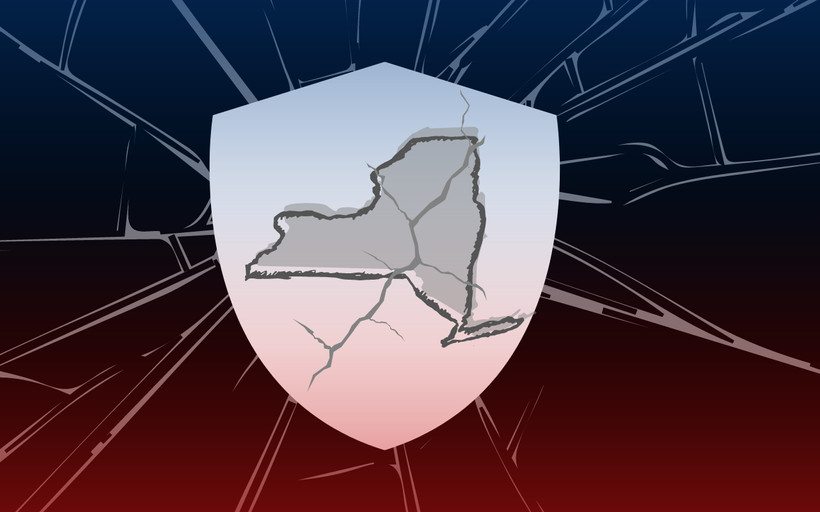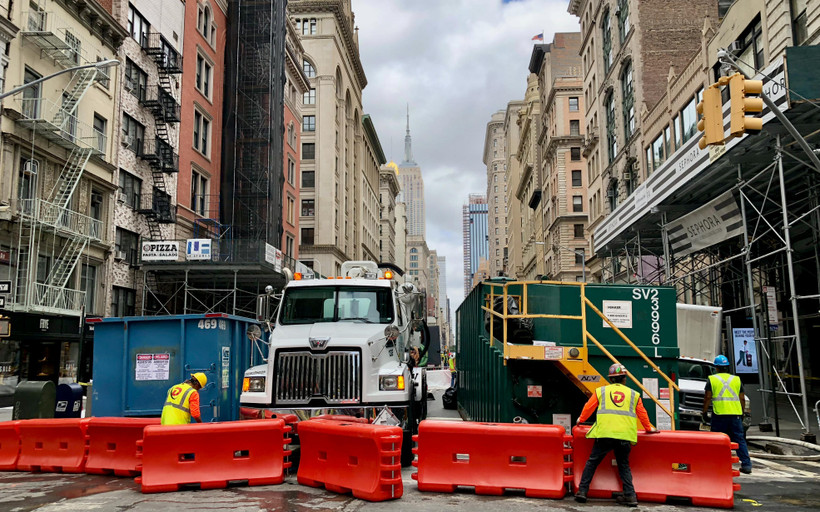Columbia Student Worker Strike Could Become Testing Ground for Biden-Era NLRB
An NLRB ruling on a grievance made by striking Columbia student workers could suggest the board’s approach to a major question about the legal status of student workers.

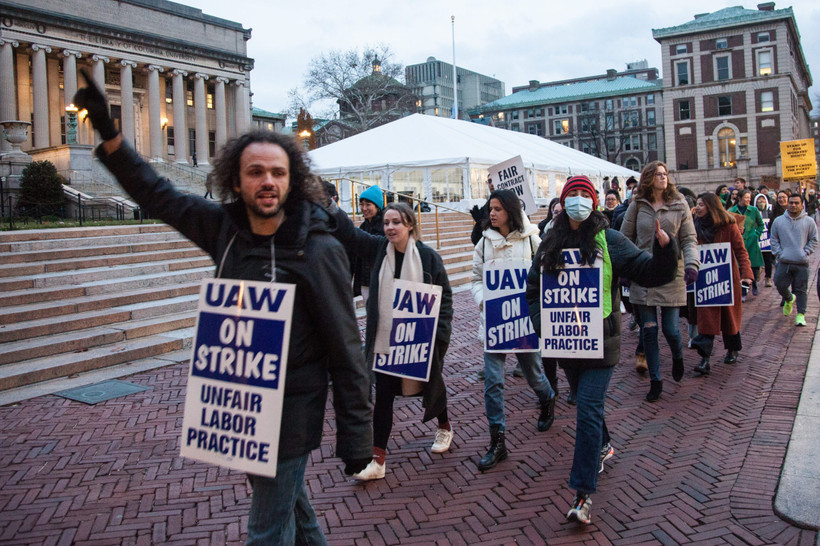
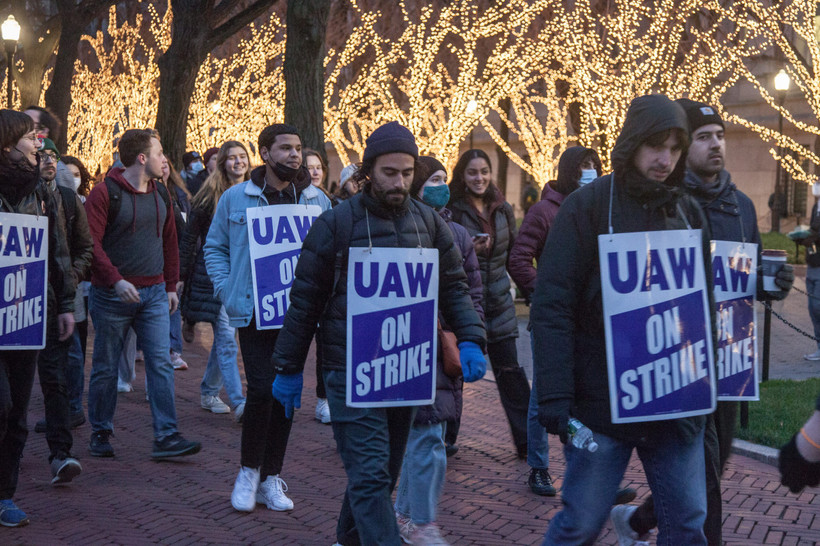
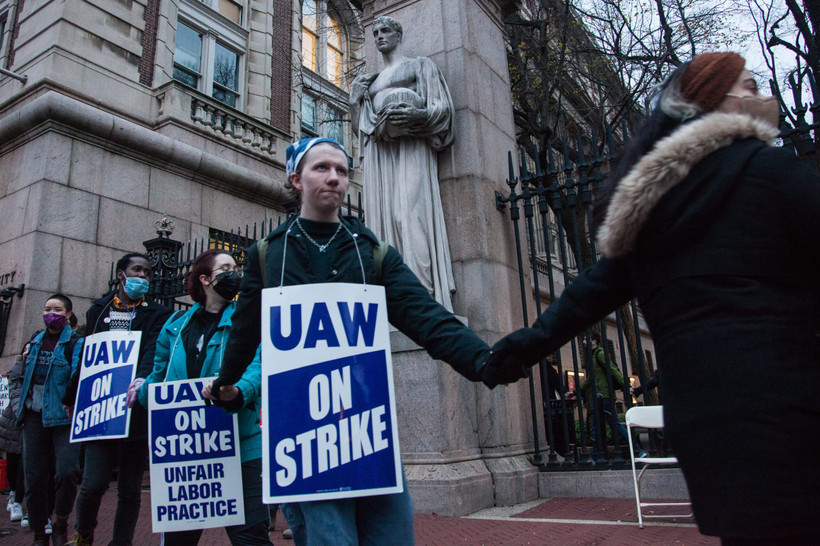
Correction: A previous version of this article mischaracterized a 2019 NLRB proposal that would have denied union recognition to student workers at private universities.

Previously unreleased disciplinary files expose officers who beat, slap, and pepper spray the residents they’re supposed to protect. Most are back at work within a month.
Referencing a New York Focus story, Assemblymember Jessica González-Rojas introduced legislation to prevent public agencies from naming the medically discredited condition in their reports.
In the New York City teachers union, anger over a plan to privatize retiree health care could send a longshot campaign over the edge.
Low-wage manual laborers can sue to make their bosses pay them weekly. Hochul’s late-breaking budget addition may undermine that right.
As real estate developers resist wage guarantees and try to roll back tenants’ rights, a potential budget deal is at an impasse.
As the state legislature considers a bill to change warranty payments, unions join their bosses to make car companies pay more.
When local authorities hand out subsidies, school budgets lose revenue. The state teachers union is now pushing back.
Long-term subs stay with the same classes and can serve like full-time teachers. New York City schools misclassify them — so their pay doesn’t reflect that.
The state established Covid leave to compensate employees who fell ill during the pandemic. One group of essential workers has been unable to claim it.
